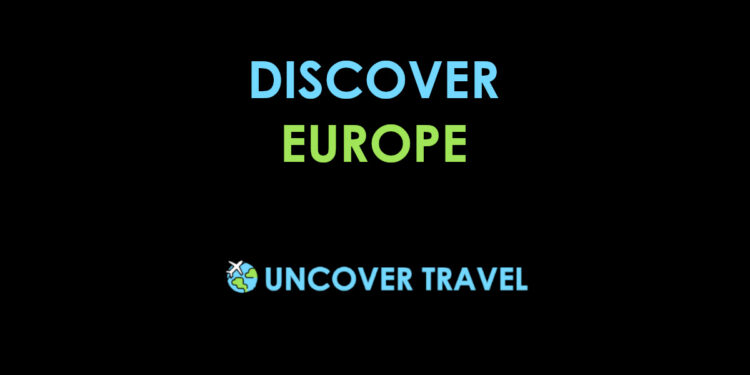Surtsey is the youngest island of the Vestmannaeyjar (Westman Islands), situated approximately 32 kilometres (20 miles) off the south-east coast of Iceland. It burst from the sea in a dramatic eruption in 1963, which was captured on film by airborne camera crews and highlights of its four-year-long birth were seen around the world.
The Vestmannaeyjar archipelago comprises of 16 small islands and some 30 rocks or skerries. Only one of the islands, Heimaey, is inhabited and it is said to be one of the friendliest places in Iceland.
The eruption that created Surtsey began below the waves in the Mid-Atlantic Ridge. Fishermen were the first to notice smoke rising from the sea in November 1963. Molten lava spewing onto the sea floor was cooling on contact with the icy waters, but soon a pile of volcanic debris had risen the 130 metres (430 feet) to the surface to create a burning mass above sea level. A pillar of black ash, intertwined with a stream of steam, was sent 10 kilometres (6 miles) into the air.
The first flights over the site confirmed that a 16th member of the Vestmannaeyjar was forming. Fluid lava was piling up over the mound of tephra and solidifying, turning it from a giant volcanic refuse into a permanent presence. The new island was named Surtsey (Surts’ Island) after the fiery Norse giant Surtur, who sets the world alight at Ragnarök (the end of the world).
The island reached a size of 2.5 square kilometres (1 square mile) with elevations of 171 meters (560 feet). Since then, erosion has reduced the elevation of the land to 154 metres (505 feet) and the area to 1.4 square kilometres (0.54 square miles). During the time of Surtsey’s birth, two smaller islands, Syrtlingur and Jólnir, also appeared but they have since eroded away and disappeared below the sea.
The island’s 1,000ºC (1,830ºF) surface temperature during the eruption left it completely free of any living organism and it has now become a sort of natural laboratory, approximating how Iceland itself must have been when its first segments emerged from the sea some 20 million years ago. In line with its unique scientific status, Surtsey was added to the UNESCO World Heritage list as an example of a pristine volcanic island and its newly evolving ecosystem.
In the spring of 1964, seeds and other plant parts washed up Surtsey’s shores and were carried to the island by wind and passing sea birds. The following spring, even before the eruption had completely finished, the first sprouting plant was found at the shoreline. The pioneering plant was sea rocket (Cakile arctica) and was shortly followed by other coastal species. By the end of 1967, no fewer than four species of plants had established themselves around the coastline.
Midges and flies were the first animals to settle the island, with seals making an appearance after the surrounding seas became restocked with fish. In 1970, black-backed gulls became the first birds to nest on Surtsey and since that time scientists have observed 91 bird species on the island. Fifteen of these species have built their nests and raised their chicks here. Once a dense seagull population began to form, numerous new plant species also began to colonise the island.
The island continues to be a place of scientific study and remains off-limits to any unauthorised visitors.
SOURCES:
- Insight Guides: Iceland
- https://global.britannica.com/place/Surtsey
- https://www.surtsey.is/pp_ens/gen_3.htm




